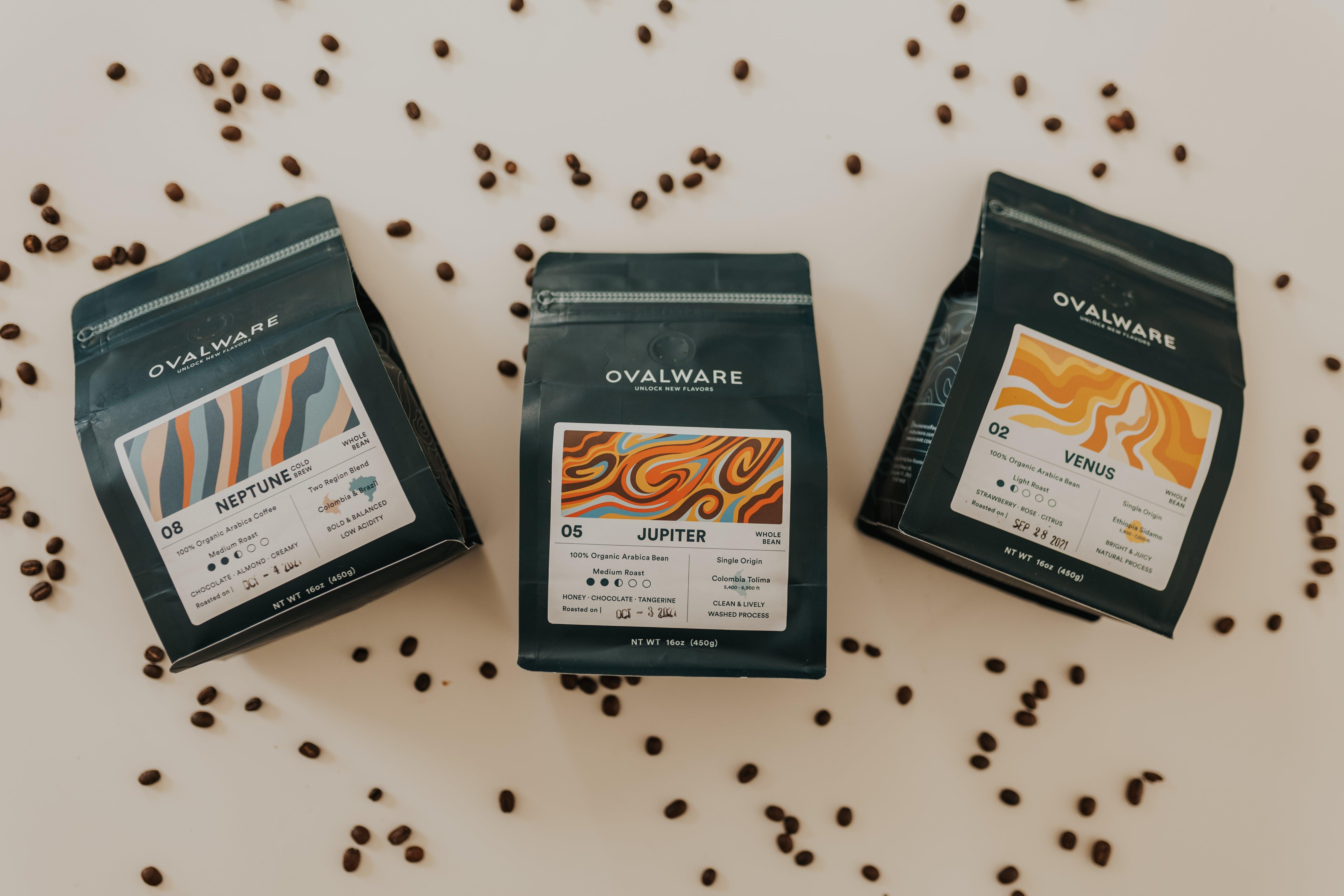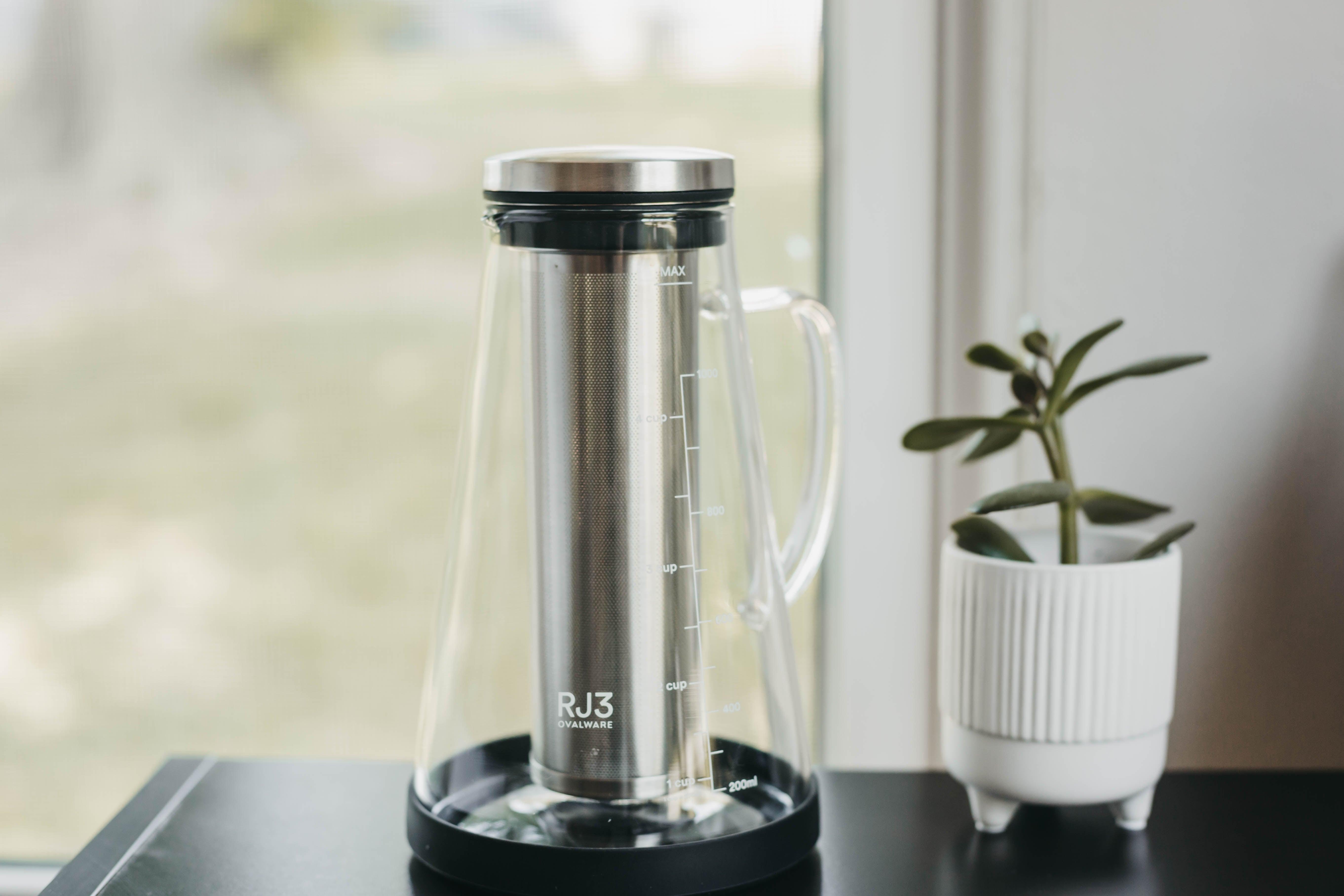
Which are the world's best coffee beans?
Are you looking for the best-tasting coffee beans?
Unfortunately, no one answer works for everyone. Tastes differ from person to person. Finding your favorite cup of coffee will require a bit of exploration.
You can get a lot more from coffee than just a shot of caffeine to power you through the day. A good cup of coffee is an affordable luxury, and instant coffee blends cannot cut it. If you want to enjoy this luxury, you will need premium coffee beans.
See how you can tell the difference between a good and a great bean.
Country of origin:
Like fruits, Coffee taste and quality are heavily influenced by factors like soil composition and climate. Africa produces beans that are generally more flavorful and fruit-driven, like those grown in Kenya or Ethiopia. America produces beans that have a naturally sweet, chocolaty flavor. The Arabic beans have a taste reminiscent of chocolate with wine undertones. Countries in Asia, such as China or Vietnam, produce an earthy taste.
Brazil, Columbia, or Costa Rica are considered the best sources. High-quality beans, however, can come from any origin. To find the bean that suits your taste, try different varieties from various origins.
Altitude:
The lower temperatures at higher altitudes lead to slower growth, and the long maturation period results in a richer taste. These beans have a more complex flavor than those grown at lower elevations.
Arabica coffee beans are grown at higher altitudes of 600 - 2000 meters in cooler climates. In contrast, Robusta varieties will grow at a lower elevation of 200 to 800 meters.
Processing:
The final flavor of beans is determined by how they are processed.
There are two main methods for processing coffee cherries: dry processing and washed processing. A natural or dry process involves drying the whole fruit before removing the outer layer. Coffee beans produced this way taste sweet and fruity.
Washed coffee beans have a smoother, more acidic taste because the fruit is removed before drying.
For more details on these processes, see our post.
Freshness:
You will notice that freshly roasted beans will often taste better than big brands' more expensive coffee blends. It is because the packaged coffee sits on shelves for months before you purchase them.
The coffee tastes best within a few days of roasting. Therefore, you should buy freshly roasted beans. Check the roast date on the bag and make sure the coffee was roasted recently.
The appearance:
High-quality beans are usually similar in size and shape. This consistency is reflected in the flavor and appearance of roasted coffee.
The big beans roast differently from the small ones. Roasting them together will result in an inconsistent taste.
The same holds for the color as well.
High-quality green beans will have a consistent, dark color. White or discolored beans are usually damaged beans.
Shiny coffee beans indicate long roasting times and a bitter yet complex taste. Coffee with a light color is more sweet and acidic.
Types of coffee beans:
There are four main types of coffee beans: Arabica, Robusta, Liberica, and Excelsa.
Arabica
Arabica is the most coveted type of coffee bean. This coffee is sweeter, more delicately flavored, and less acidic. Brazilian Arabica beans dominate the world market, followed by Colombia and Indonesia.
The Arabica coffee plants are susceptible and need constant care. The result is a more expensive bean, but coffee lovers gladly spend the extra dollars to get a more flavorful cup.
Robusta
Robusta coffee beans have a particularly strong flavor. They are more prevalent in countries like Europe or the Middle East, where strong coffee is the norm. Robusta coffee plants are far more resistant to insects than Arabica varieties due to the high levels of caffeine. The plant can also grow in a variety of climates and altitudes. As a result, it is less expensive than Arabica beans. Robusta is sometimes combined with Arabica to reduce costs. Many instant coffees use this variety. If you're just in it for caffeine, a cup of Robusta will do just as well.
Liberica
Liberica is a rare type, which makes up only 2% of world consumption. Liberica beans have the lowest caffeine content compared to Arabica or Robusta.
Liberica became popular after its plant survived longer than the Arabica and Robusta plants during the "coffee rust" in the late 19th century. It led to huge demand. Demand has since declined. It is still available, but it is more expensive.
Excelsa
Excelsa is sometimes considered a subspecies of Liberica. Excelsa has an exciting taste profile and combines intense and tart flavors. It also has a strong aroma, like Liberica. It's usually mixed with other varieties to create unique blends.
Best coffee beans for Espresso:
The dark roasting process gives Espresso beans a burnt, bitter flavor. However, Espresso does not always need to be like that. It is not necessary to purchase beans packaged as espresso coffee beans. You can make Espresso from any bean.
A medium roast will produce a smooth, bittersweet flavor. The dark roast has a richer and more bitter taste.
No matter what color the beans are, Espresso is most flavorful between 1 - 2 weeks of roasting. Freshly roasted beans will give the most prominent Crema, without which Espresso is just a black coffee.
Robusta can be a good, affordable option because it produces more Crema and higher caffeine content.
Best coffee beans for the French press:
As long as the grind is correct, any coffee can be used in a French press. The grind needs to be coarse and even. Too fine of a grind will lead to a less flavorful beverage. If you want good French press coffee, grind it yourself.
Most people prefer stronger, darker coffee for their French press. The French press brew method will reduce the bitterness. Dark roasts with high content of Arabica are an excellent choice.
Our 05 Jupiter coffee bean is 100% Arabica with tangerine, honey, chocolate, and caramel hints.
Best coffee beans for cold brew:
The cold brew process produces very different tastes than hot brew. Therefore, you might prefer different types of beans when brewing cold brew compared to hot.
The medium roast will accentuate the sweet and nutty flavor, providing a smooth, chocolaty taste.
The acidity of lighter roasts tends to be more prominent, but cold brewing will tone it down.
Most people like cold brew for its mild flavors. Light roasted Arabica is generally a good choice, but you can experiment with different types to find the one you like best.
Check out our freshly roasted cold brew coffee beans for a creamy, sweet taste. It comes with a subtle chocolate and almond flavor and can easily be customized by adding milk or cream to your liking.
Wrapping up:
Many different varieties of coffee exist. As with certain fruits, you may prefer coffee from a certain country or region. It also depends on the type of coffee you prefer. As a result of their chemical composition, coffee beans will brew and taste differently in different kinds of coffee.
Hopefully, now you have a better understanding of the types and characteristics of coffee beans. Finding the best taste for you will require some exploration.
By: Sadaqut Khan




Leave a comment
This site is protected by hCaptcha and the hCaptcha Privacy Policy and Terms of Service apply.